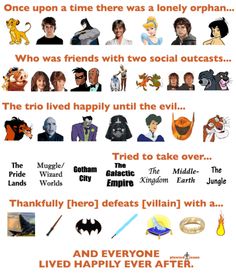I chose to edit an expert using Writing tool #33: Repeat, repeat, repeat for week 11. I made my paragraph focus on the works “work” and “foundation” more in order to draw attention to those two ideas which are explained throughout the paper, if I were to edit the entire paper I could have included those changes throughout it.
Original:
America is founded off of the persistence to keep bettering our lives. Influences like Christopher Columbus, John Locke, John Smith, Benjamin Franklin and Thomas Jefferson have formed a foundation for our nation to not settle into a mediocre life. The class readings make it clear why Americans have worked for a wholesome government, separation of church and state, and successful jobs. Today Americans have a constant drive to change the way of life, simply because of the influences from previous historical figures. The basis of America in the late 1400’s has created an extraordinary mold for the persistent way of life for Americans today.
Revised:
America is founded off of the persistence to constantly work at bettering our lives. Influences like Christopher Columbus, John Locke, John Smith, Benjamin Franklin and Thomas Jefferson have formed a foundation for our nation to not settle into a mediocre life. The class readings make it clear why Americans work for a wholesome government, separation of church and state, and successful jobs. Today Americans have a constant drive to change the way of life, simply because of the foundations laid down years ago. The basis of America in the late 1400’s has created an extraordinary mold for the persistent way of life for Americans work for today.


